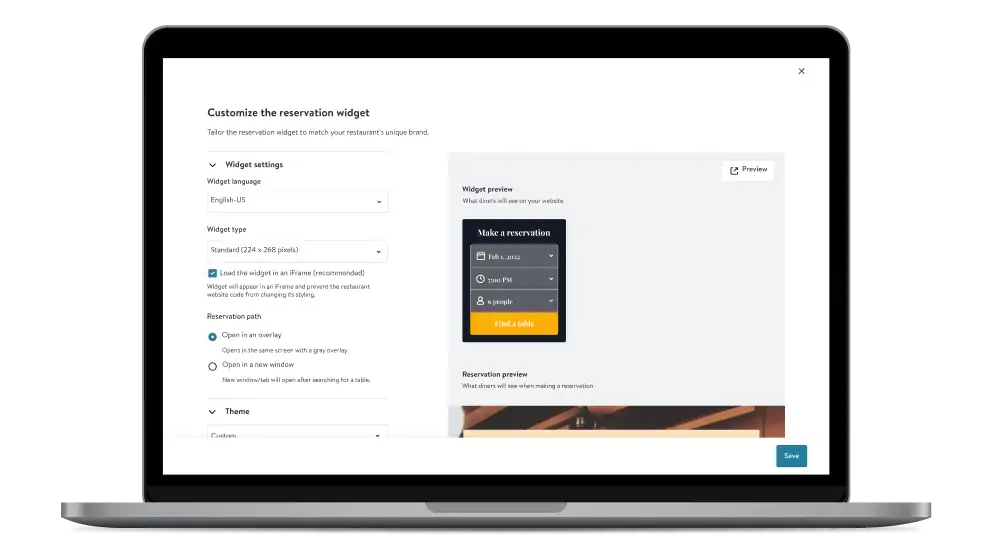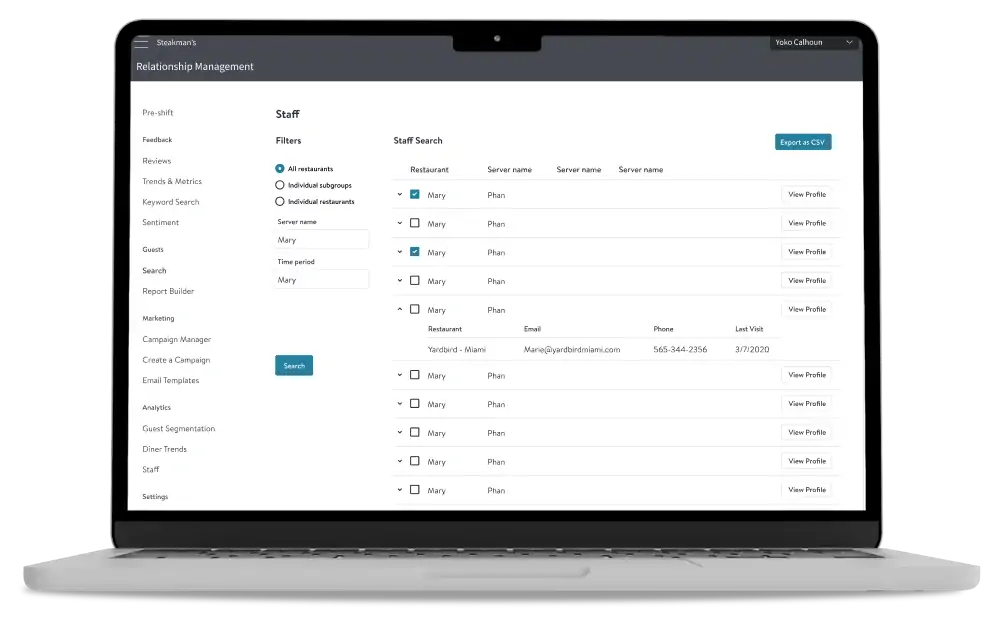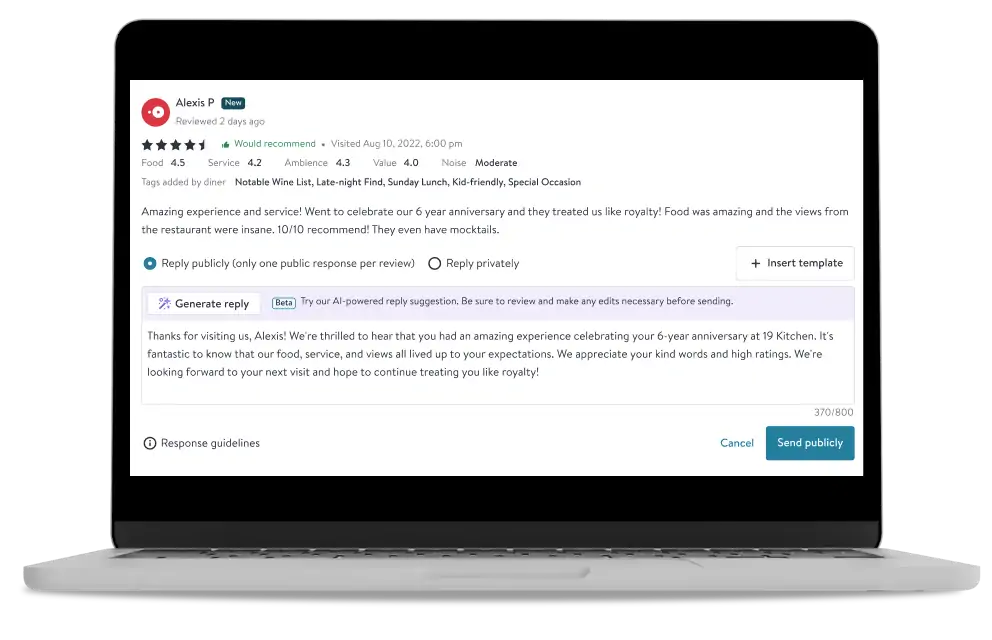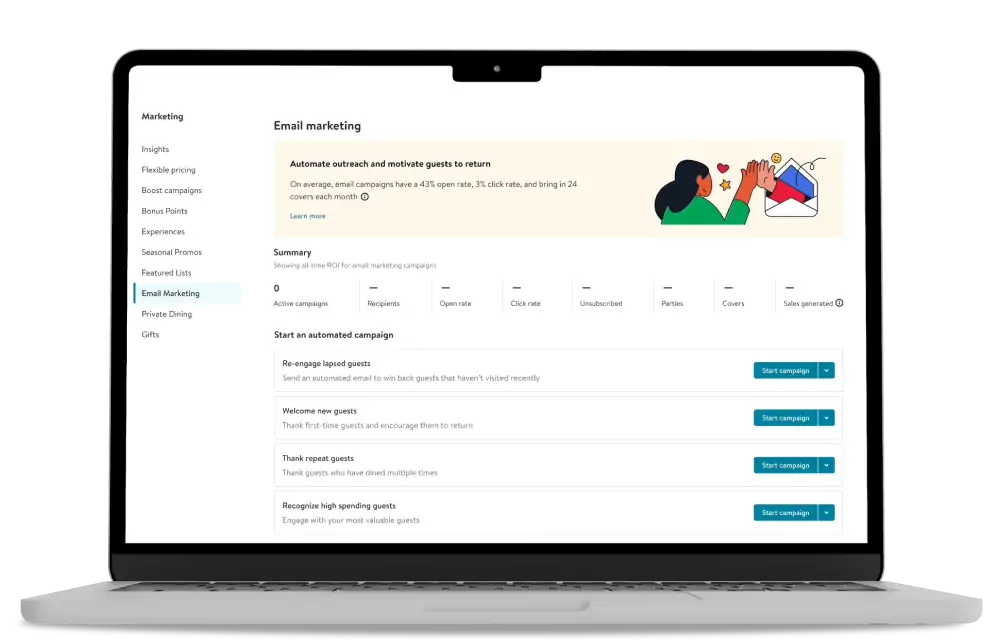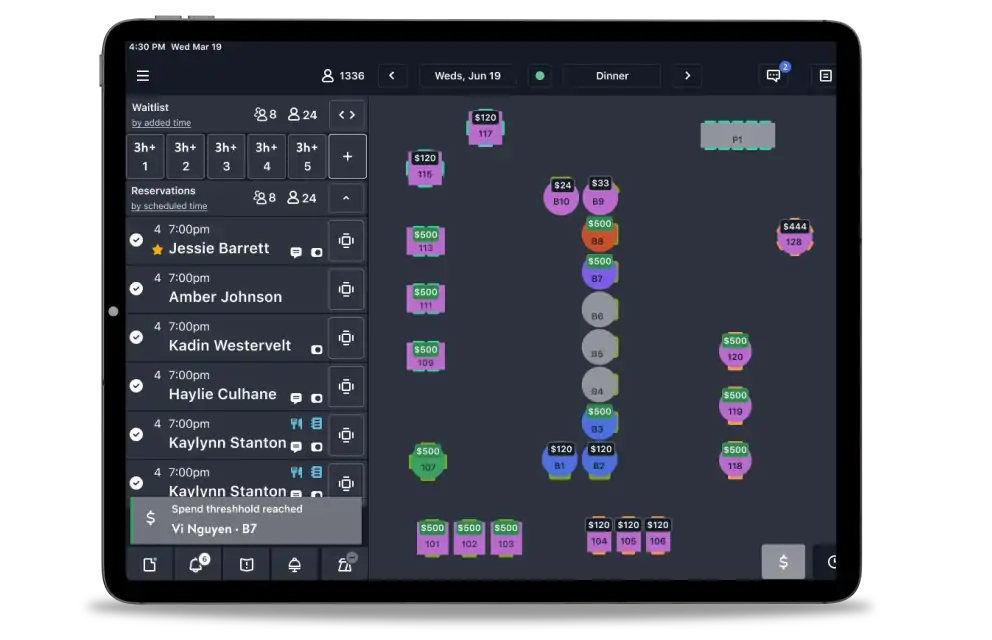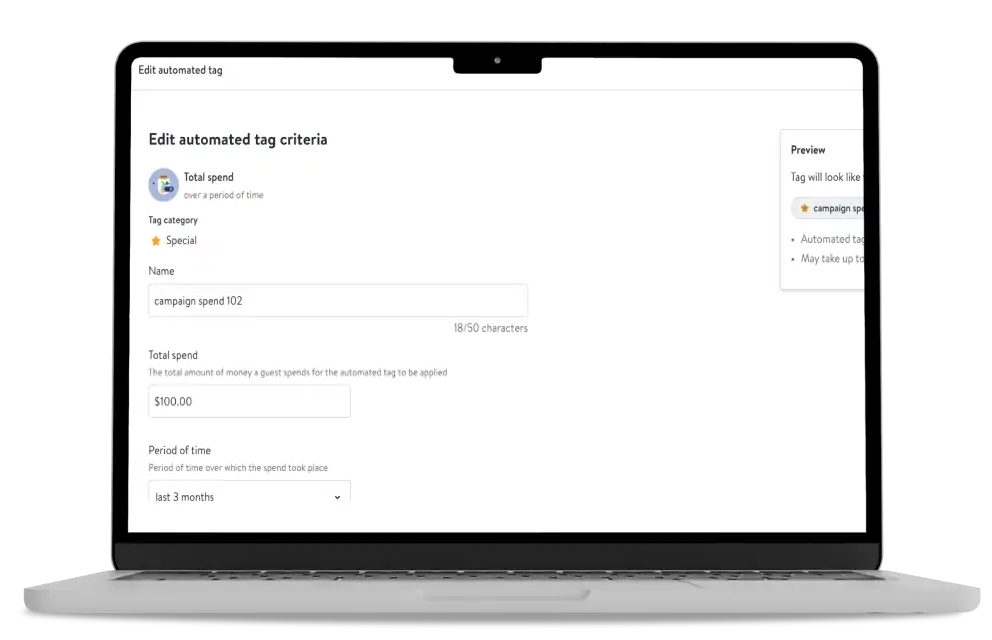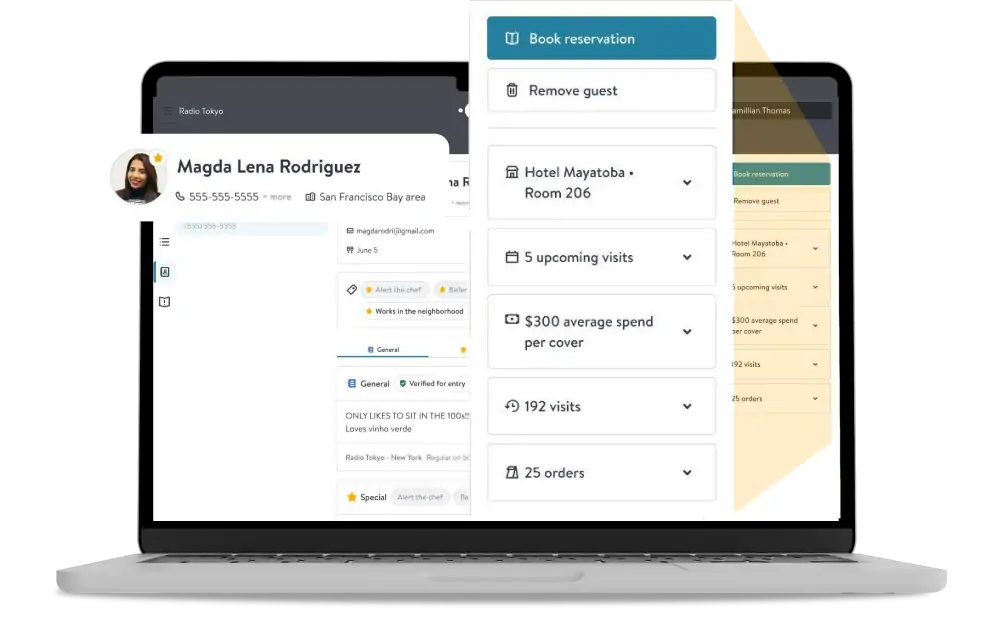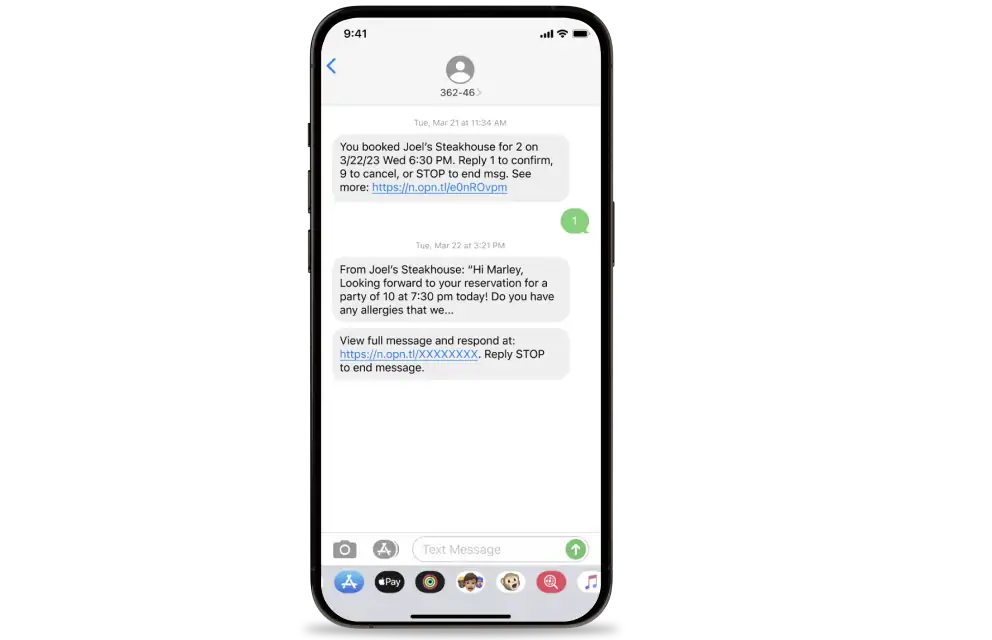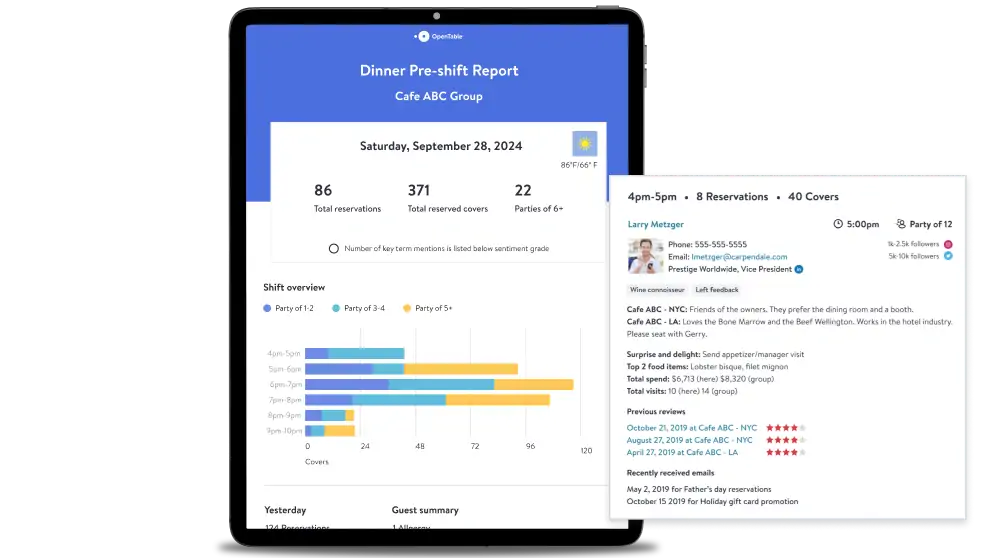- Support
- Take reservations
- Market your restaurant
- Run smoother shifts
- Sell events & experiences
- View all restaurant solutions
- Take reservations
- Market your restaurant
- Run smoother shifts
- Sell events & experiences
- View all restaurant solutions
How one restaurant group leveled up with help from OpenTable
We caught up with Alicart CEO Jeffrey Bank to hear how OpenTable helps his team work more efficiently and serve more guests.
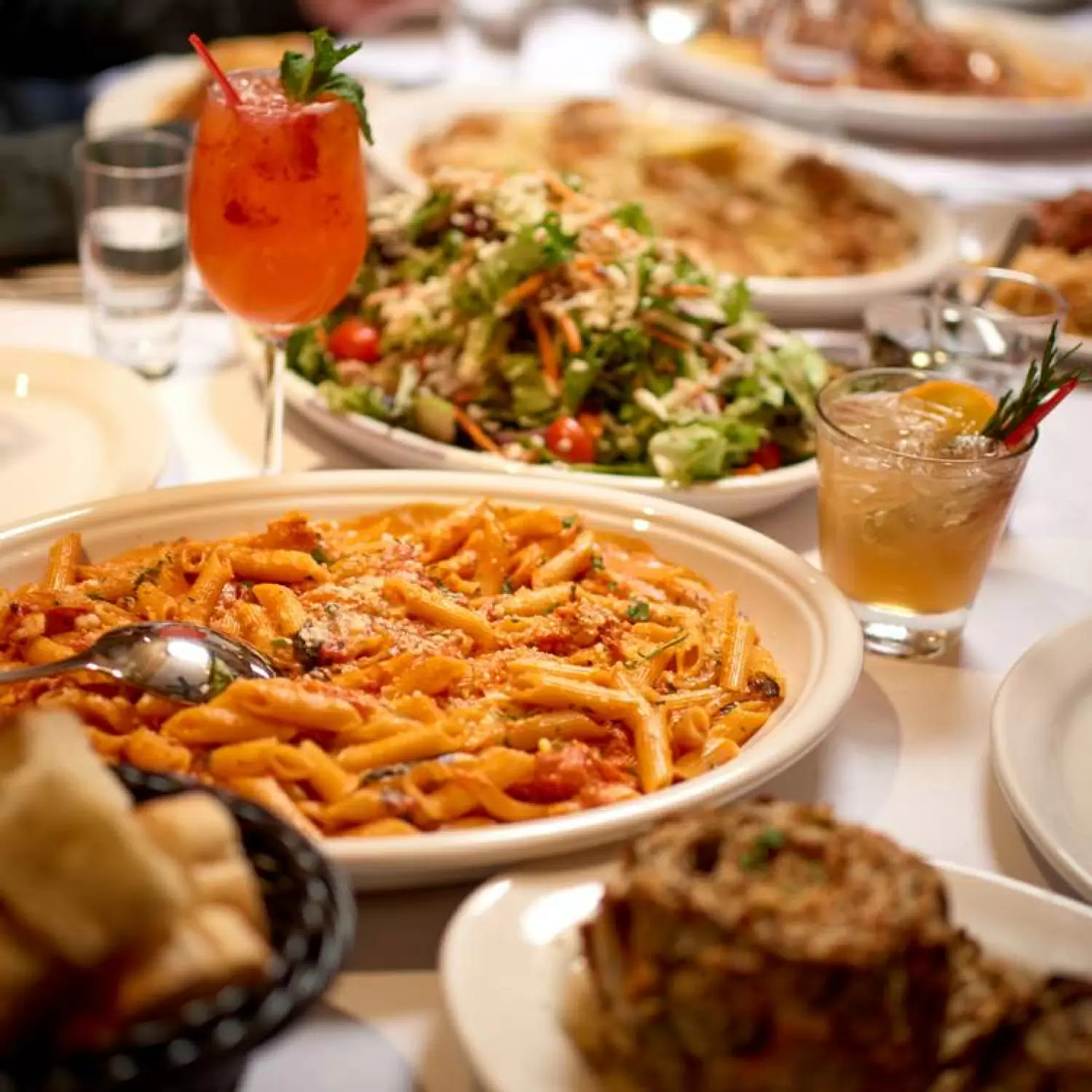
How one restaurant group leveled up with help from OpenTable
We caught up with Alicart CEO Jeffrey Bank to hear how OpenTable helps his team work more efficiently and serve more guests.

Fast facts
Restaurant name:
Alicart Restaurant GroupType of restaurant:
Restaurant groupLocations:
33 locations in NY, NV, NJ, and moreMost guests know Alicart Restaurant Group by its two iconic restaurant brands: Carmine’s Italian Family-Style Restaurant and Virgil’s Real Barbeque. Alicart CEO Jeffrey Bank has led the group since 2005 and signed the restaurants up for OpenTable more than 18 years ago. We caught up with Bank to hear how OpenTable helps his team work more efficiently and serve more guests.
How have your priorities for the restaurants changed over the past two years?
Before the pandemic, I would have said our priorities were quality of food and service. Today, my first priority is our employees. They need to get paid, and they need a good quality of life. We also have to give them the tools they need to do their job the best; for example, not just having one iPad for OpenTable, but having three or four, and showing up to support them when emergencies or issues arise.
Customers are our second priority—without solid employees, it’s tough to give customers a great experience. We want them to feel welcome and we want to deliver a high-quality and consistent experience no matter where they are.
Fast facts
Restaurant name:
Alicart Restaurant GroupType of restaurant:
Restaurant groupLocations:
33 locations in NY, NV, NJ, and more
Most guests know Alicart Restaurant Group by its two iconic restaurant brands: Carmine’s Italian Family-Style Restaurant and Virgil’s Real Barbeque. Alicart CEO Jeffrey Bank has led the group since 2005 and signed the restaurants up for OpenTable more than 18 years ago. We caught up with Bank to hear how OpenTable helps his team work more efficiently and serve more guests.
How have your priorities for the restaurants changed over the past two years?
Before the pandemic, I would have said our priorities were quality of food and service. Today, my first priority is our employees. They need to get paid, and they need a good quality of life. We also have to give them the tools they need to do their job the best; for example, not just having one iPad for OpenTable, but having three or four, and showing up to support them when emergencies or issues arise.
Customers are our second priority—without solid employees, it’s tough to give customers a great experience. We want them to feel welcome and we want to deliver a high-quality and consistent experience no matter where they are.

Can you give us a snapshot of what it was like at Alicart before and after adopting OpenTable?
Fifteen years ago, before we were on OpenTable, I got a call that the reservation system at the time died, and we lost our reservations for a year. I asked the other company if they had a backup, and the answer was no. That’s when I knew we needed a better solution, and so we came over to OpenTable. I like to compare moving from our old reservation system to OpenTable as similar to when people switched from typewriters to word processors; we realized we’d been missing out on so many capabilities.
A lot of products take reservations and have a CRM, but nobody has the decades of experience, the depth of product, and the strength in the marketplace like OpenTable. I’ve seen OpenTable grow and blossom over the years, from a simple reservation platform to powering the industry for reservations, marketing capabilities, managing your guests, and floor plan management. It’s become an invaluable tool.
Why did you choose OpenTable over other reservation management tools?
OpenTable is mature, stable, and has a proven track record. It has everything you need to run your business, from a great customer CRM to all the ways you want to communicate with guests like emailing, texting, and direct messaging. For instance, we use the data about diners to send emails to out-of-towners reminding them to dine with us when they’re traveling. OpenTable was a no-brainer choice for us.
At the end of the day, you need the product to work, be easy-to-use, operate without being sidelined by IT, and provide you with customers. OpenTable is very flexible and intuitive, and you can use as few or many of the features it offers. Plus, most restaurants don’t have IT or marketing teams—OpenTable fills the gap and becomes those teams.
Can you give us a snapshot of what it was like at Alicart before and after adopting OpenTable?
Fifteen years ago, before we were on OpenTable, I got a call that the reservation system at the time died, and we lost our reservations for a year. I asked the other company if they had a backup, and the answer was no. That’s when I knew we needed a better solution, and so we came over to OpenTable. I like to compare moving from our old reservation system to OpenTable as similar to when people switched from typewriters to word processors; we realized we’d been missing out on so many capabilities.
A lot of products take reservations and have a CRM, but nobody has the decades of experience, the depth of product, and the strength in the marketplace like OpenTable. I’ve seen OpenTable grow and blossom over the years, from a simple reservation platform to powering the industry for reservations, marketing capabilities, managing your guests, and floor plan management. It’s become an invaluable tool.
Why did you choose OpenTable over other reservation management tools?
OpenTable is mature, stable, and has a proven track record. It has everything you need to run your business, from a great customer CRM to all the ways you want to communicate with guests like emailing, texting, and direct messaging. For instance, we use the data about diners to send emails to out-of-towners reminding them to dine with us when they’re traveling. OpenTable was a no-brainer choice for us.
At the end of the day, you need the product to work, be easy-to-use, operate without being sidelined by IT, and provide you with customers. OpenTable is very flexible and intuitive, and you can use as few or many of the features it offers. Plus, most restaurants don’t have IT or marketing teams—OpenTable fills the gap and becomes those teams.

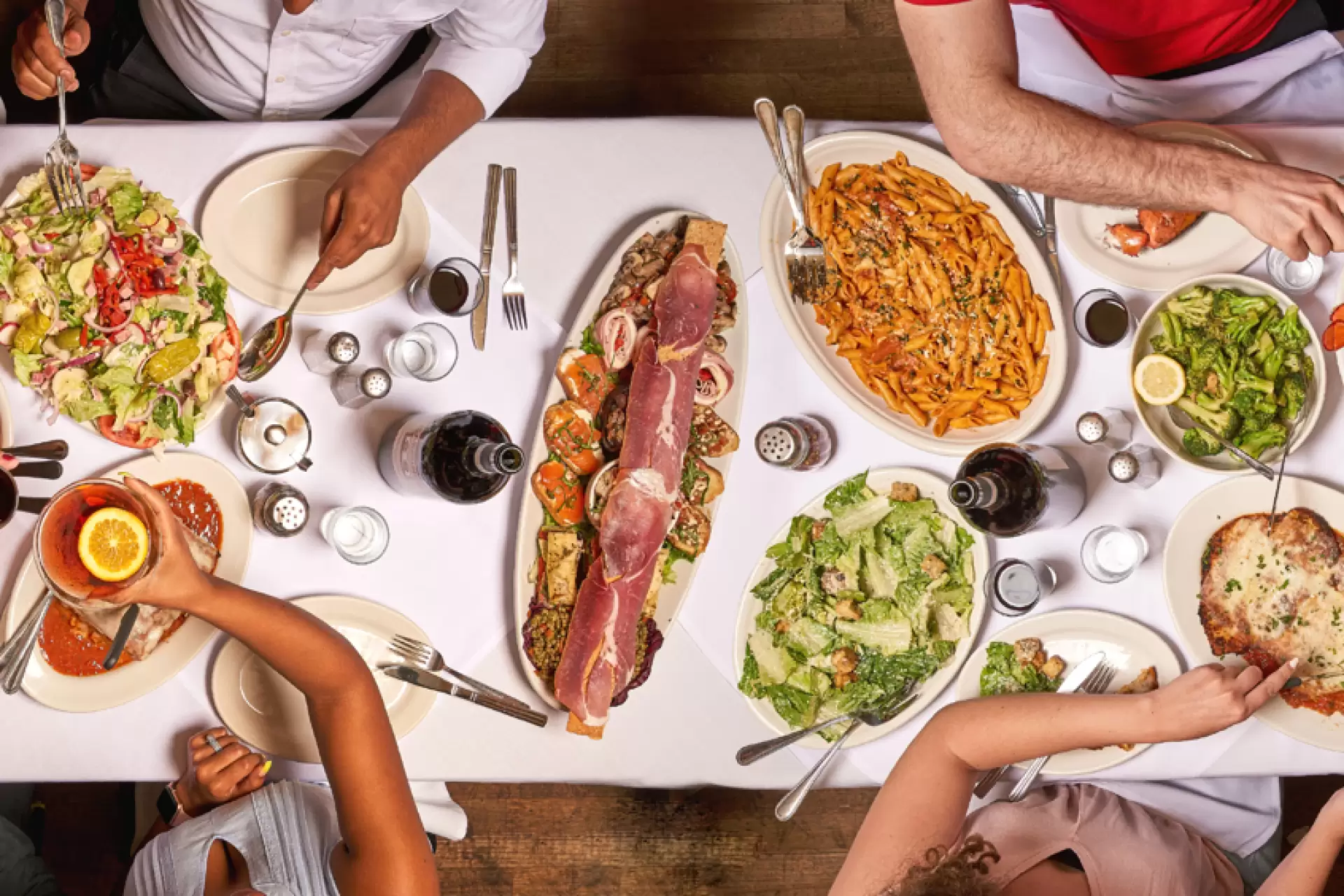
“A lot of products take reservations and have a CRM, but nobody has the decades of experience, the depth of product, and the strength in the marketplace like OpenTable.”
Jeffrey Bank, CEO
Alicart Restaurant GroupHow does your staff use OpenTable on a day-to-day basis?
The front desk staff has OpenTable open all day to enter walk-ins and phone reservations, and they look at the app to review seated and upcoming reservations. Before the start of a shift, the front desk staff and servers look at the notes to see which VIPs are coming in, so we can acknowledge them in a special way, as well as guest preferences like who’s ordered wine or red meat so we can make relevant recommendations and provide a better experience. Also, our managers get pre-shift emails of the guest list including if people are VIPs, celebrating birthdays, or first-time customers, so we can give them more personalized service.
Across your restaurants, how have you used learnings from one location across to others?
Every month, we pull reports for all of our restaurants and come together at a team meeting. We have a manager explain what he’s seeing in the report from another restaurant, not the one he manages. We talk about why we’re seeing trends or changes. We pay special attention to the percentage of reservations that come from OpenTable versus over the phone, cancellation rates, and the most ordered dishes. For instance, Las Vegas has the highest reservation rate, but also the highest cancellation rate.
OpenTable helps us with one of our number one phrases: Feelings are not facts. By looking at the data and reports, we can explain the facts.
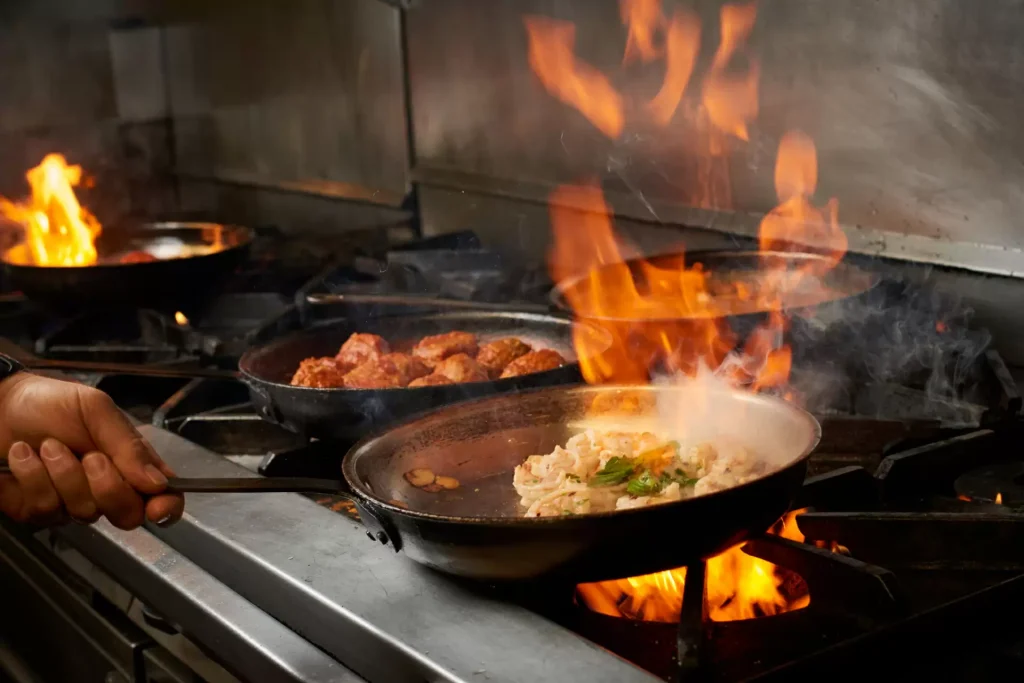
How does your staff use OpenTable on a day-to-day basis?
The front desk staff has OpenTable open all day to enter walk-ins and phone reservations, and they look at the app to review seated and upcoming reservations. Before the start of a shift, the front desk staff and servers look at the notes to see which VIPs are coming in, so we can acknowledge them in a special way, as well as guest preferences like who’s ordered wine or red meat so we can make relevant recommendations and provide a better experience. Also, our managers get pre-shift emails of the guest list including if people are VIPs, celebrating birthdays, or first-time customers, so we can give them more personalized service.
Across your restaurants, how have you used learnings from one location across to others?
Every month, we pull reports for all of our restaurants and come together at a team meeting. We have a manager explain what he’s seeing in the report from another restaurant, not the one he manages. We talk about why we’re seeing trends or changes. We pay special attention to the percentage of reservations that come from OpenTable versus over the phone, cancellation rates, and the most ordered dishes. For instance, Las Vegas has the highest reservation rate, but also the highest cancellation rate.
OpenTable helps us with one of our number one phrases: Feelings are not facts. By looking at the data and reports, we can explain the facts.

Let’s do this
SolutionsWhy OpenTableMoreGET OPENTABLE
Need help deciding which option is best for you? Give us a call at
Join us onCopyright © 2024 OpenTable, Inc. 1 Montgomery St Ste 500, San Francisco CA 94104 – All rights reserved.OpenTable is part of Booking Holdings Inc., the world leader in online travel & related services.